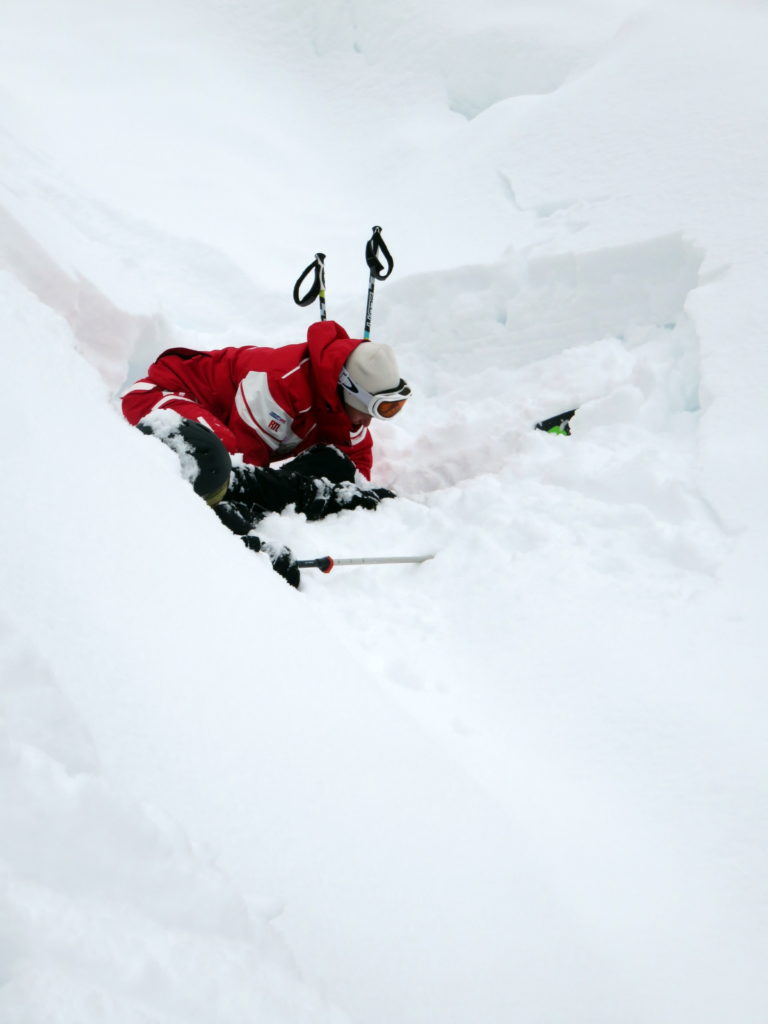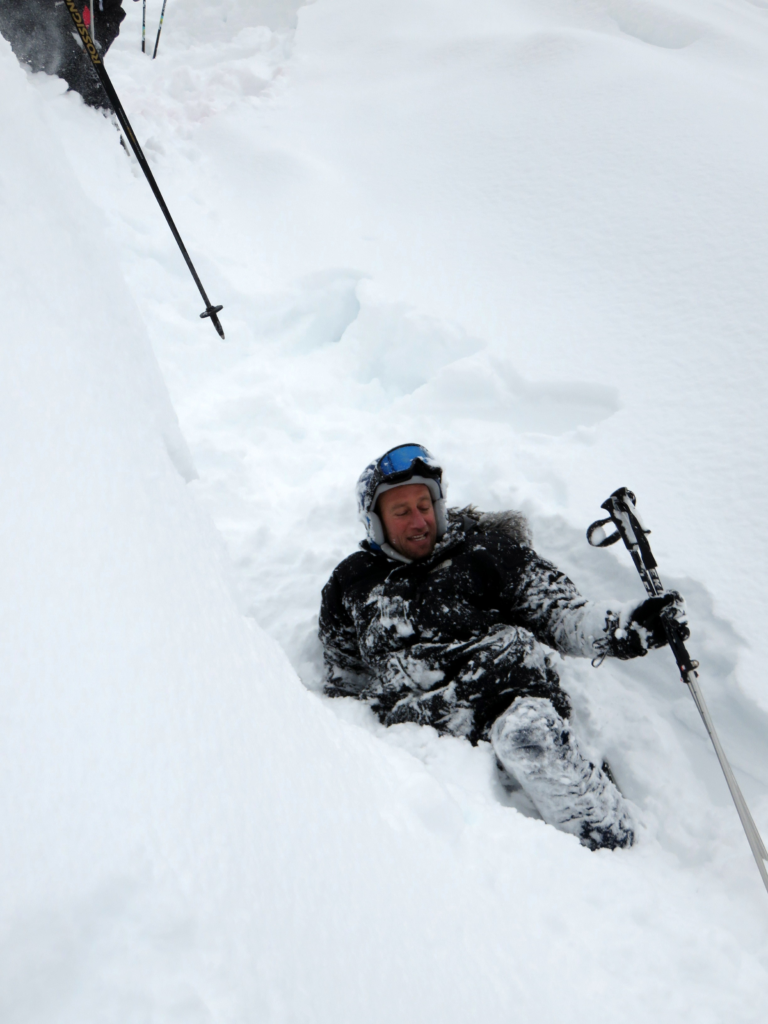by Dan Lew
Sadly, on Friday, January 17, 2020, a skier was killed in an avalanche and his friend seriously injured, while skiing off trail but inbounds at Alpine Meadows. While ski resort avalanche deaths are rare, they do occur. Indeed, on January 7, 2020, two people died in an avalanche and five others were trapped at the Silver Mountain ski area in Kellogg, Idaho. These deadly accidents remind us that even inbound resort skiing and snowboarding can be fraught with danger and there are ALWAYS inherent risks in the sport.

Personally, I was skiing with a group at a French Alps ski area when the last member of our group set off a small avalanche. I was already at the bottom of the run so I was able to ski out of the avalanche’s path. Fortunately, no one was injured but all six skiers were buried, albeit not deeply, and everyone was able to easily dig themselves out.

This article is to remind you of some commonsense practices to exercise while pursuing snow sports and other outdoors activities in the mountains or other remote areas…this is NOT an exhaustive list!!
- Always obey resort instructions and heed the warning signs.
- Do not venture into CLOSED AREAS. As tempting as it may be, do not duck under ropes and barriers to ski “off piste” in closed areas .
- Do not ski alone especially if skiing or riding off-piste such as in trees or terrain into which you must hike or access via a long traverse.
- If you do ski alone, let someone know where you are going so they will know where to look for you if you do not return home. You don’t want to have ski patrol look for you after they discover that the only car left in the parking lot on the day of an avalanche belongs to you! That will be too late.
- If you separate from a group, make arrangements to meet up later–the bottom of the lift, the lunch spot, etc.
- Carry a loud whistle when in the mountains, whether partaking in snow sports, backpacking or other activities. If you get lost, escape an avalanche but are injured, a whistle could help locate you. Many trail daypacks have a whistle in their sternum strap. If you ski with a pack, check to see if it has a whistle, otherwise, carry one around your neck.
- Carry a Transceiver /Avalanche Beacon
These are commonly carried by back country skiers, but can be another layer of safety at resorts. However, they are costly (~$200-$500). See resource guide below.
One more word of caution: always let someone know where you are going. In March of 1982, an avalanche at Alpine Meadows killed seven people. This avalanche was strong and large enough that it destroyed part of the main lodge and buried parts of the parking lot. I was skiing in the Tahoe area the same day as that fateful avalanche; my colleagues at work who knew I had gone skiing that same weekend were concerned that I may have been in the avalanche. Fortunately, I was at a different resort but no one knew to which ski resort I had gone!!!
Many of you know of the story of Aron Ralston whe had to cut off his own arm to save himself when a boulder fell and trapped his arm against a canyon wall. No one knew where he had gone that day either. No one knew he was missing. No one knew to look for him!
Again, these are not substitutes for common sense and smart, safe practices. Of course, better to avoid being a victim by exercising good judgment in the first place.
RESOURCE GUIDE
RECCO enabled clothing: RECCO is a passive reflective device embedded in some ski jackets and pants to facilitate location of a buried victim. This is not a substitute for a transceiver/avalanche beacon. A RECCO device works by reflecting a signal back to a RECCO detector. The embedded reflector is completely passive and does not require batteries or any action by the wearer. In the Silver Mountain avalanche of January 7, a RECCO equipped helicopter was able to locate one of the victims. However, not many North American ski resorts utilize RECCO detectors.
AVALANCHE AIR BAG PACKS: packs that have airbags that are inflated by an air canister or by small high speed electric fans ($500 without the canister – $1500 with canister). The inflated bag hopefully will keep you from being buried. It cannot however from preventing you from being pummelled into a rock or tree. Manufacturers: Arcteryx, Back Country Access, Black Daimond, Deuter, Mammut, Scott, etc.
NOTE – the compressed air canisters are generally not allowed on airplanes.
PACKS WITH BREATHING DEVICES: Black Diamond makes the “Avalung” pack with a breathing element that allows you to breathe up to an hour while buried. Reviewers question whether one would be able to get the mouthpiece into one’s mouth while buried or the viability of descending with the mouthpiece already in one’s mouth just in case.
AVALANCHE COURSES:
- AIARE, American Institute for Avalanche Research Education has a list of avalanche courses. https://avtraining.org/
- The Sierra Avalanche Center is a resource for local mountain safety courses including AIARE courses. https://www.sierraavalanchecenter.org/education/providers
Again, use common sense and let people know that you’re out there!
Be safe everyone!



